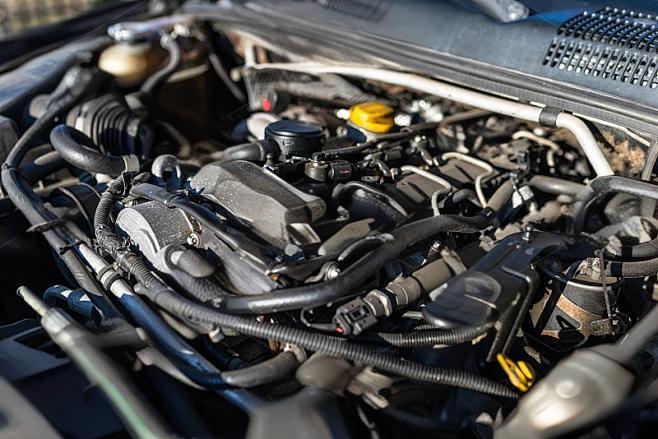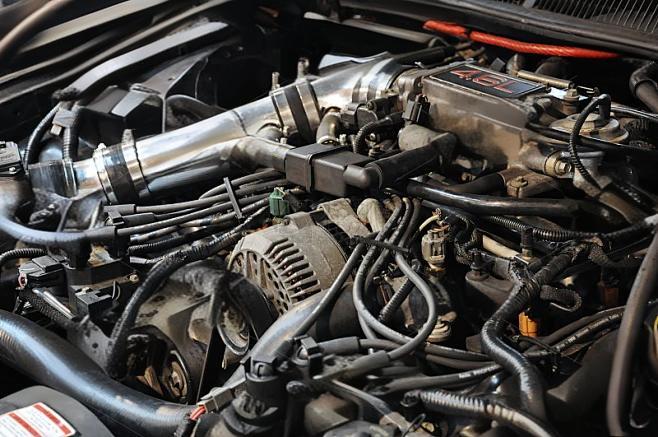Understanding Automotive Wire Harness Components and Selection | Kaweei
Overview and Importance of Automobile Wire Harnesses
Automobiles, as complex mechanical structures with an average length of about 4 meters, are assembled from more than 10,000 individual non-dismantlable parts. Among them, the automobile wire harness plays a vital role. It is responsible for many crucial functions in automobiles, such as airbags, ABS brakes, signal lights, and engines. Without wire harnesses, these functions would not be achievable. Therefore, it is essential to have an in-depth understanding of the functions and importance of automobile wire harnesses.
Definition and Basic Composition of Automobile Wire Harnesses
The automobile wire harness is the core network entity of the automobile electrical circuit and the foundation for the normal operation of the entire automobile electrical system. Without wire harnesses, automobile electrical circuits would not exist. It is mainly composed of contact terminal parts (connectors) made by punching copper materials, which are crimped with electric wires and cables. Then, the outside is molded with insulators or covered with metal shells, etc., and finally, they are bundled into a component that connects electrical circuits. In simple terms, the automobile wire harness assembles cables, connectors, terminals, and wires to transmit electricity in automobiles. In modern automobiles, the wire harness is a key component of any automobile engine and an important support for the electronization of automobiles. In the past, automobiles mainly relied on pure mechanical devices to operate and could run without electricity. However, for modern automobiles, without wire harnesses to transmit current to various electrical components, the automobiles simply cannot operate normally. Components in the ignition system, such as starters, chassis, and alternators, all rely on wire harnesses to obtain electricity.

Circuits of Automobile Wire Harnesses
Since automobile wire harnesses need to be connected to various electrical components, different connection circuits are formed. Generally, there are 12 standard circuits in a conventional automobile, covering dashboard lighting, instruments, signal lights, heating and air conditioning, horns, parking lights, radio broadcasts, brake lights, tail lights, turn signal lights, and windshield wipers. Just from the names of these circuits, it is easy to understand their respective functions. However, many high-end vehicles have wire harnesses with more than 12 circuits, some with 18 or even 24 circuits. This is because with the continuous upgrading of vehicle configurations and the installation of more electrical components, more circuits are needed to support their operation. For example, when a vehicle has 18 circuits, additional circuits such as electric fuel pumps, electric fans, high-mounted stop lights, two power locks, and radio B+ memory will be added; if a vehicle has 24 circuits, in addition to the functions covered by the above 18 circuits, dome lights, trunk lights, glove compartment lights, clocks, and under-hood lights will also be added.
Components of Automobile Wire Harnesses
- Connectors: As the name implies, the function of connector components is to connect the wires of the wire harness to different circuits and power sources. Usually, a typical connector has a male end and a female end, and the two ends are connected together to transmit current. However, the types of connectors vary depending on the wire harness, and the materials of their terminals are also different. Brass and copper are relatively good choices.
- Fuses: Generally speaking, the main function of fuses is to protect electrical components when there are circuit faults, especially when the current is too high. The fuses in automobile wire harnesses have a unique characteristic that when the current reaches a certain level, their wires will easily melt and break, and once broken, the circuit will be disconnected immediately, effectively preventing abnormal current from reaching the electrical components of the automobile and avoiding damage to the electrical components caused by excessive current.
- Fuse Boxes: In the wire harness, each circuit is equipped with a separate fuse. This means that when one of the fuses fails or is damaged, it will not affect the normal operation of other components. The fuse box is like a "house" that manages fuses in a centralized manner. Different fuses can be assembled in it, and its function is similar to that of a distribution board, which is convenient for the centralized management and maintenance of the fuses of each circuit.
- Relays: The relay components of automobile wire harnesses are mainly used for high-current cycles and are one of the most important components in the wire harness. They directly obtain power from the battery, which is different from some parts that obtain power from other automobile system components. Relay components can convert low current into high current to meet the working requirements of some high-power electrical components.
- Wires: The wire harness is composed of cables or wires. These cables or wires are usually copper wires and have different circuit measurement variants. For example, the circuits of horns and headlights usually use 1.5-gauge wires because they require relatively large current; while the circuits of dome lights and door lights require relatively small current and generally use 0.5-gauge wires. Therefore, when purchasing wires for circuits, it is crucial to accurately confirm the current value of the circuit to ensure that the wires can meet the normal operation requirements of the circuit.
Advantages of Automobile Wire Harnesses
- Low Risk of Short Circuits: Automobile wire harnesses assemble multiple wires into neatly arranged and tightly bundled harnesses. Although they are relatively less flexible, they can effectively reduce the possibility of short circuits in the circuit and ensure the stable operation of the automobile electrical system.
- Convenient and Efficient Installation: Compared with the complicated installation method of connecting numerous wires and circuits separately, the automobile wire harness only needs to connect one unit to make all the wires work normally. This greatly simplifies the installation process, not only saves time but also effectively avoids incorrect connections caused by improper connections, improving the accuracy and reliability of the installation.
- Optimized Fuel Consumption: Installing automobile wire harnesses can ensure the stable operation of the automobile's electrical system, enabling all parts of the automobile to work in an optimal state, thereby achieving the effect of optimizing fuel consumption. In the long run, this will save car owners a lot of gasoline expenses.
- High Durability: Automobiles need to withstand various harsh environments during use, such as cold winters, heavy rain, and hot heat waves. Automobile wire harnesses are made of solid materials that are not easy to break and can still function stably under these extreme conditions. They have strong durability and can effectively reduce the maintenance costs and frequencies caused by wire harness damage.

How to Select Appropriate Automobile Wire Harnesses
- Check Circuit Connectors: This is the first and most crucial step in selecting automobile wire harnesses. As mentioned above, standard wire harnesses usually have 12 circuits, but there are also wire harnesses with 18 or 24 circuits. Therefore, it is necessary to carefully check the circuit connectors to ensure that they match the vehicle model used to ensure that the wire harness can be connected normally and meet the electrical needs of the vehicle.
- Confirm Connection Modes: When selecting wire harnesses, it is also necessary to check their connection modes to determine whether crimping, welding, or both are required. Generally speaking, a connection method that combines both can provide the best performance and ensure the firmness and reliability of the connection. However, it still needs to be determined according to the actual situation of the vehicle and personal needs.
- Consider the Expandability of Wire Harnesses: If an automobile currently only needs a wire harness with 12 circuits but may upgrade or add electrical components in the future and requires a wire harness with 18 circuits, then an expandable wire harness can be chosen. Expandable wire harnesses have the advantage of being able to accommodate more circuits that can be assembled, and their voltage losses are relatively small, which can better adapt to the changes and upgrade needs of the vehicle's electrical system.
- Check Wire Harness Materials: In addition to the above factors, the quality of wire harness materials is also of vital importance. For wires, copper is the best choice because it has good electrical conductivity and corrosion resistance. For connector terminals, copper or brass are good choices, and aluminum terminals should be avoided as much as possible because aluminum has relatively poor electrical conductivity and corrosion resistance, which may affect the performance and service life of the wire harness.
Conclusion
In summary, the wire harness in an automobile is an important bridge connecting the vehicle's electrical system and multiple electronic components. During the operation between various components, it not only provides power support but also realizes signal communication. Without the correct wire harness, the vehicle's electrical system will face many problems, such as power interruptions, reduced efficiency, and even fire accidents in serious cases. Therefore, it is very important to regularly check the automobile wire harness. By timely detecting any signs of damage, the service life of the wire harness can be extended, and unexpected maintenance costs caused by wire harness failures can be effectively prevented to ensure the safe and stable operation of the automobile.


